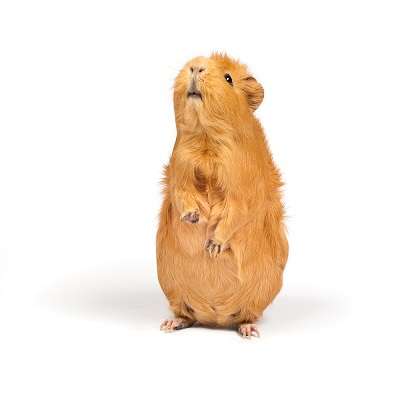Animal Research Declining in Some Categories, USDA Says
 The number of protected animals used in scientific research has decreased significantly over the last number of years, according to statistics posted by the U.S. Department of Agriculture.
The number of protected animals used in scientific research has decreased significantly over the last number of years, according to statistics posted by the U.S. Department of Agriculture.
The number of cats, dogs, guinea pigs, hamsters, nonhuman primates and other animals protected by the Animal Welfare Act is down to 834,453, the lowest number in decades, according to the federal agency.
The annual decrease was 6.4 percent from the year before. The biggest decreases were in cats (13 percent), dogs (12.4 percent), and non-human primates (9.9 percent).
The earliest figures available are from 2008, when 999,078 of the protected species were used in experiments, according to the group.
However, the figures do not reflect the use of mice, rats, fish, and other small animals who make up the bulk of test subjects, according to officials.
Speaking of Research, a British-based group that advocates science including animal experiments, said the trend was clear: the number of animals had dropped 61 percent between 1992 and 2014, they said.
“It is also likely that, similar to the UK, a move towards using more genetically altered mice and fish has reduced the numbers of other AWA-covered animals used,” they said in a statement after the release of the USDA count.
Animal-rights activists cheered the decline – but said certain animals are still in pain. PETA had authored a recent study which found the number of animals not covered under the AWA had increased by 73 percent.
PETA released a statement to Laboratory Equipment, Bioscience Technology's sister publication, saying those other animals not covered under AWA also deserved to be protected.
“PETA is encouraged by data released by the USDA showing a sizeable decrease in the numbers of animals in U.S. laboratories in 2014,” said Justin Goodman, the director of PETA’s Laboratory Investigations Department. “It's crucial to recognize that these figures do not include the mice, rats, cold-blooded animals, and others who also feel pain and fear and constitute more than 98 percent of animals in laboratories but are not protected by any federal law.”
The updated statistics come about a months after the U.S. Department of Fish and Wildlife decided to categorize all captive chimps as endangered – a move that many animal advocates saw as potentially limiting their use in scientific research.
• CONFERENCE AGENDA ANNOUNCED:
The highly-anticipated educational tracks for the 2015 R&D; 100 Awards & Technology Conference feature 28 sessions, plus keynote speakers Dean Kamen and Oak Ridge National Laboratory Director Thom Mason. Learn more.




